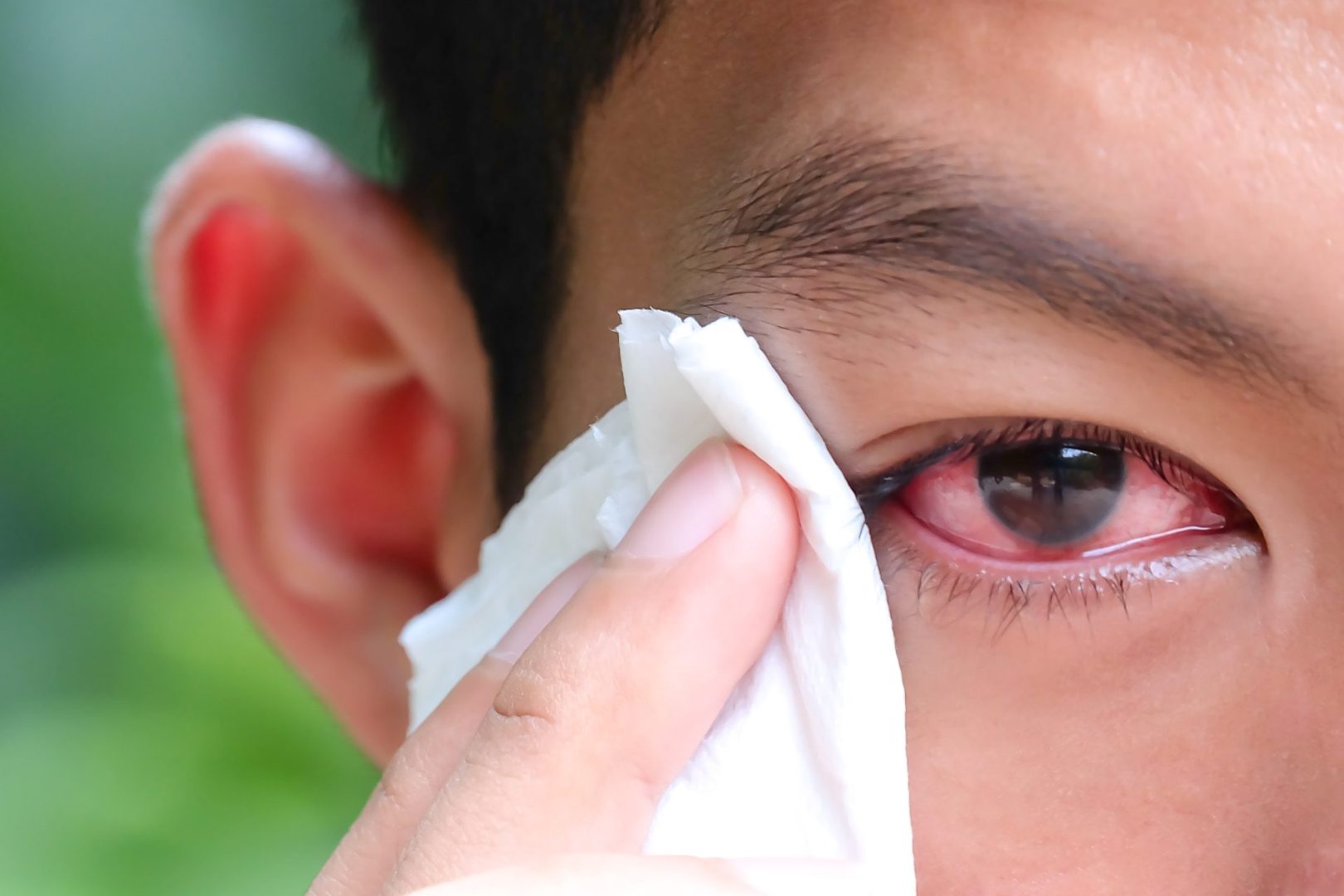Pink eye, medically known as conjunctivitis, affects millions of Americans each year. This common eye condition can range from mildly irritating to seriously uncomfortable, depending on its cause and severity. While most cases clear up on their own, understanding the different types can help you identify symptoms early and seek appropriate treatment.
What exactly is pink eye?
Conjunctivitis occurs when the thin, clear tissue lining the inside of the eyelid and covering the white part of the eye (the conjunctiva) becomes inflamed. This inflammation makes blood vessels more visible, giving the eye its characteristic pink or reddish appearance.
The condition can affect people of all ages, though children often experience it more frequently due to their close contact with others in schools and daycare settings. Adults commonly contract it through improper contact lens care or exposure to infected individuals.
Viral conjunctivitis: The most prevalent and contagious form
Viral conjunctivitis accounts for the majority of pink eye cases and spreads rapidly among both children and adults. This form typically causes burning or gritty sensation in the eyes, redness in one or both eyes, watery discharge, and mild sensitivity to light. It often accompanies upper respiratory infections.
Most cases of viral pink eye result from the same adenoviruses responsible for the common cold. These infections frequently coincide with symptoms like runny nose, cough, and sore throat. In less common situations, more serious viruses like COVID-19, influenza, measles, or in rare cases, monkeypox can cause viral conjunctivitis.
Children spread viral conjunctivitis through direct contact with eye secretions or by touching contaminated surfaces and then touching their eyes. The highly contagious nature of viral conjunctivitis means it can sweep through classrooms and families quickly.
For adults, the condition often appears after caring for an infected child or being in crowded environments where the virus easily transmits from person to person.
Bacterial conjunctivitis: Less common but equally contagious
Bacterial conjunctivitis, while less frequent than its viral counterpart, remains highly contagious and presents with more severe symptoms. These include significant redness in the affected eye or eyes, thick, sticky discharge that’s often yellow or greenish, eyelids that may stick together, especially after sleep, eye pain or discomfort, and blurred vision that clears with blinking.
The most common bacteria responsible for this type of pink eye include Staphylococcus aureus, Streptococcus pneumoniae, and Haemophilus influenzae. Interestingly, sometimes the bacteria causing conjunctivitis are the same strains responsible for strep throat.
Children frequently develop bacterial conjunctivitis through hand-to-eye contact after touching contaminated surfaces or other children. The condition spreads easily in schools and daycare centers where close contact and shared toys or materials are common.
Adults most often contract bacterial conjunctivitis through improper contact lens hygiene, using contaminated eye makeup, or touching their eyes with unwashed hands after contact with an infected person.
Allergic conjunctivitis: The non-contagious form
Unlike viral and bacterial types, allergic conjunctivitis isn’t contagious and results from an allergic reaction rather than an infection. This form causes intense itching in both eyes, redness and watering, puffy eyelids, and a burning sensation. It often occurs seasonally or with specific triggers.
Common triggers for allergic conjunctivitis include pollen, pet dander, dust mites, mold spores, and environmental irritants like cigarette smoke, car exhaust, or swimming pool chlorine.
Both children and adults with allergies or asthma have a higher risk of developing allergic conjunctivitis. The condition often flares up during spring and fall when pollen counts increase, though perennial allergens like dust mites can cause symptoms year-round.
Treatment approaches for different types
Each form of conjunctivitis requires a specific treatment approach:
For viral conjunctivitis, no specific medication can cure viral infections. Cold compresses help reduce inflammation and discomfort, while artificial tears provide relief from dryness and irritation. Over-the-counter pain relievers may help with discomfort. Time is the primary healer, with most cases resolving in one to two weeks.
For bacterial conjunctivitis, antibiotic eye drops or ointments prescribed by a doctor are typically needed. It’s important to complete the full course of antibiotics even if symptoms improve. Cold compresses provide comfort, and cleaning crusted discharge with warm water and clean cloths helps manage symptoms. Most cases improve within three to five days with proper treatment.
For allergic conjunctivitis, treatment focuses on avoiding known allergens when possible, using over-the-counter antihistamine eye drops, taking oral antihistamines for systemic allergic reactions, applying cold compresses to reduce swelling and itching, and using prescription-strength medications for severe cases.
Remember that using antibiotics for viral or allergic conjunctivitis won’t help and may contribute to antibiotic resistance or cause additional irritation.
Preventing the spread of pink eye
If you or your child has contagious conjunctivitis, prevention measures include washing hands frequently with soap and water, avoiding touching or rubbing the eyes, using a fresh tissue or towel each time you wipe your eyes, changing pillowcases daily until the infection clears, and avoiding sharing personal items like washcloths, towels, or pillows.
For allergic conjunctivitis, prevention focuses on allergen avoidance and management. This includes tracking pollen counts and limiting outdoor activities when counts are high, keeping windows closed during high pollen seasons, using air purifiers with HEPA filters, washing hands and face after being outdoors, and showering before bed to remove allergens from hair and skin.
While conjunctivitis can be uncomfortable and disruptive, most cases resolve completely without long-term effects. Understanding the differences between viral, bacterial, and allergic conjunctivitis helps ensure appropriate treatment and prevents unnecessary antibiotic use. For contagious forms, practicing good hygiene remains the best defense against spreading the infection to others.












